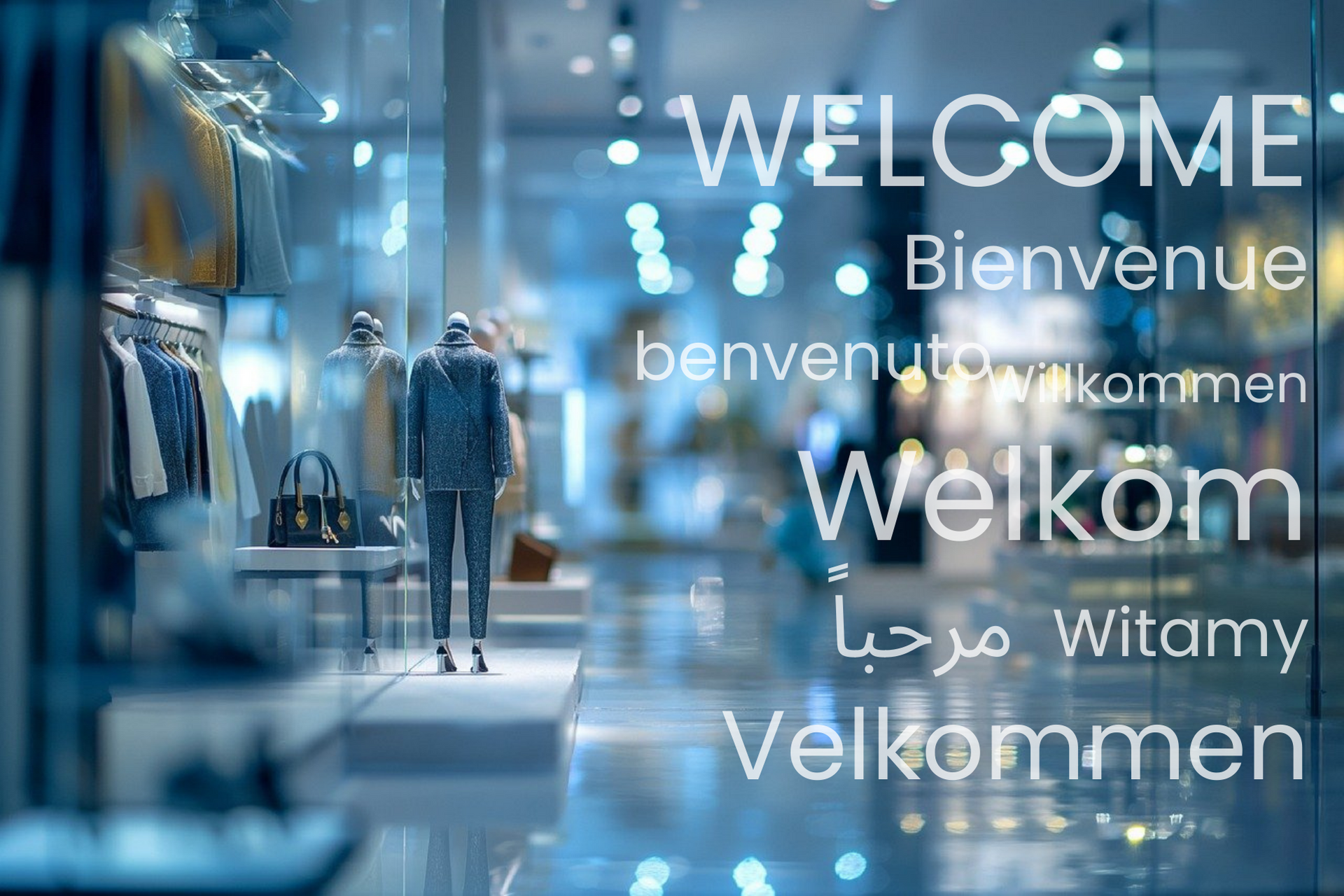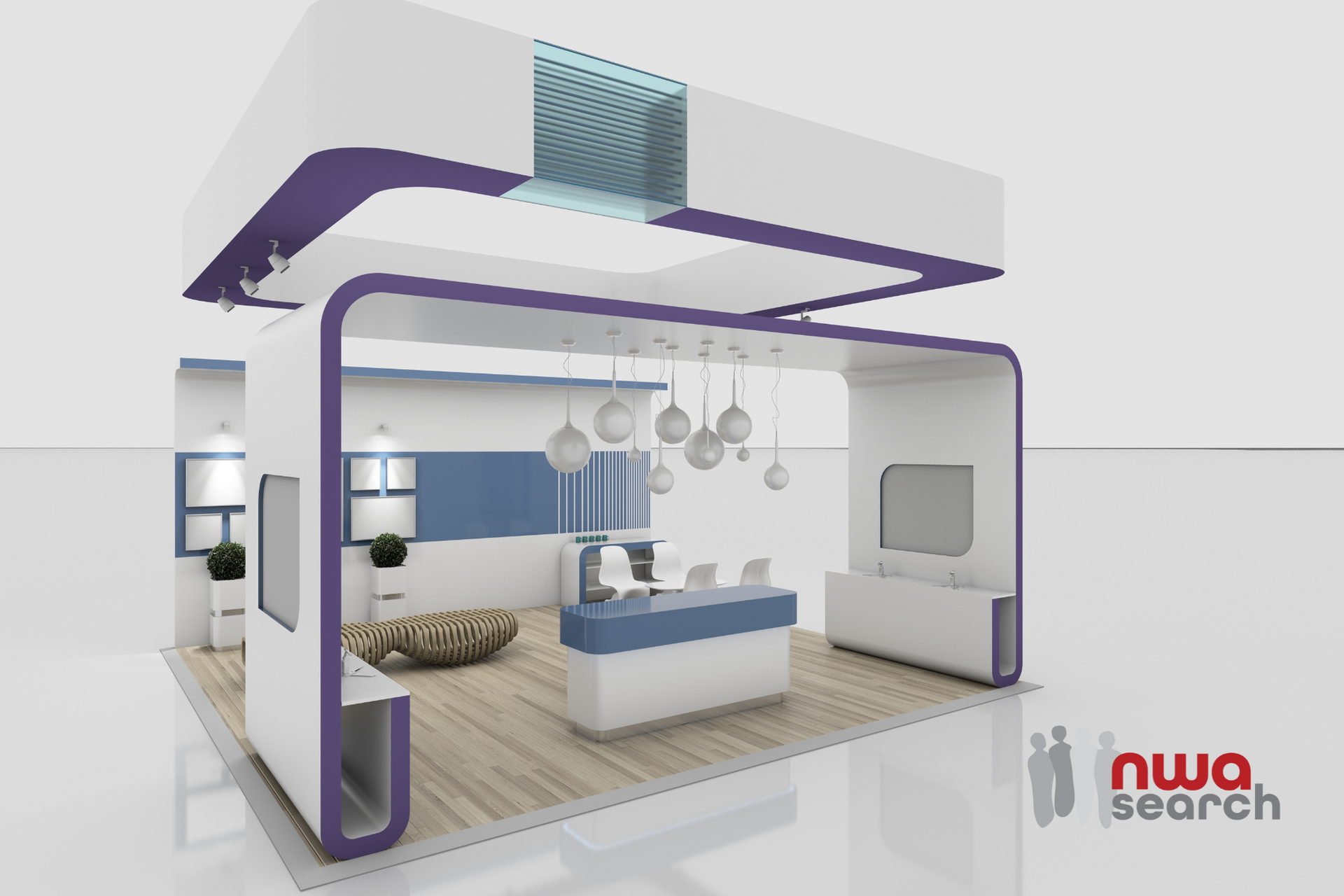The Power of Multilingual Compliance: Unlocking Success in Retail
The Power of Multilingual Compliance:
Unlocking Success in Retail
By NWA Search

Picture entering a shop where no one understands your language. It’s frustrating, confusing, and leaves you disappointed. This language barrier isn’t confined to physical stores; it extends to online shoppers navigating ecommerce platforms in unfamiliar languages. With projections indicating that nearly a quarter of global retail sales will be online by 2027, the ability to cater to a multilingual customer base becomes crucial for businesses aiming for global success.
In today’s world, characterised by increasing globalisation, multilingual support isn’t just a perk—it’s a necessity for retailers. It’s the key to providing exceptional customer experiences (CX), expanding customer bases, driving sales, and thriving in a competitive environment. Whether it’s enhancing conversion rates, fostering customer loyalty, or building trust, catering to diverse language needs offers undeniable benefits.
Crafting Exceptional Customer Experiences
In the realm of business, customer experiences hold the power to either elevate a brand's reputation or shatter it into irreparable pieces. No longer can businesses rely solely on the quality of their products or services to win over customers. The true differentiator lies in the realm of Customer Experience (CX). Gone are the days of transactional interactions; today's customers seek meaningful connections and personalised engagements.
This shift towards prioritising CX isn't merely a passing trend but rather a fundamental change in consumer behaviour. According to research by PwC, a staggering 32% of customers will sever ties with a brand after just one negative experience. Businesses that embrace CX as a strategic imperative position themselves for long-term success. Central to delivering exceptional CX is the provision of services in a customer's native language.
However, despite the evident importance of multilingual support, many retailers find themselves unequipped to deliver it effectively. Even industry giants like Amazon, with their vast resources, only offer customer service in 16 languages. Considering there are over 7,000 languages spoken globally, countless customers of these online behemoths find themselves lost in translation. The inability to access support in one's native language not only decreases the likelihood of purchasing from a brand but also increases the probability of customer churn. Research indicates that nearly 30% of businesses lacking adequate multilingual support have suffered losses in their customer base.
Conversely, businesses that prioritise multilingual support reap tangible benefits. Offering support in customers' native languages fosters loyalty, leading to enhanced customer retention rates. Studies show that nearly three-quarters (70%) of customers feel more loyal to companies that cater to them in their preferred language. Moreover, acquiring a new customer costs five times more than retaining an existing one. Businesses stand a 70% chance of making a sale with an established customer, compared to a mere 5-20% chance with a new one. Clearly, the ability to provide multilingual support is not just a customer service endeavour but a strategic move that positively impacts the bottom line.
Selecting the Right Translation Platform
In a world where global connectivity is the norm, retail businesses must invest in real-time translation technology to thrive in the ever-expanding global marketplace.
Online retailers can choose platforms that seamlessly integrate with existing technologies like your CRM, streamlining operations and enhancing efficiency. As online retail transcends geographical boundaries, the ability to cater to a multilingual customer base becomes paramount for success.
For the high street, retailers can address the challenge of catering to a multilingual customer base through several strategies:
• Multilingual Staff or Language Training: Hiring multilingual staff members who can communicate effectively with customers in various languages is one of the most direct approaches. Even basic language skills can go a long way in making customers feel welcome and understood.
• Multilingual Signage and Communication: Implementing multilingual signage and communication materials throughout the store can help customers navigate the space more easily. This includes signage for product categories, directional signs, and important store policies displayed in multiple languages.
• Technology Solutions: Integrating technology solutions such as multilingual kiosks or digital displays can assist customers in accessing information in their preferred language. These technologies can provide product information, promotions, and other relevant details in multiple languages.
By implementing these strategies, retailers can create a more modern, inclusive and welcoming environment for customers of diverse linguistic backgrounds, ultimately enhancing the overall shopping experience and driving customer satisfaction and loyalty.
In today's interconnected world, businesses must view the customer experience through a multilingual lens. Embracing real-time translation technology enables businesses to engage with a diverse, global clientele, driving sustained growth and cementing their position in the global marketplace.


QUICK LINKS
GET IN TOUCH
GET IN TOUCH
We will get back to you as soon as possible.
Please try again later.









